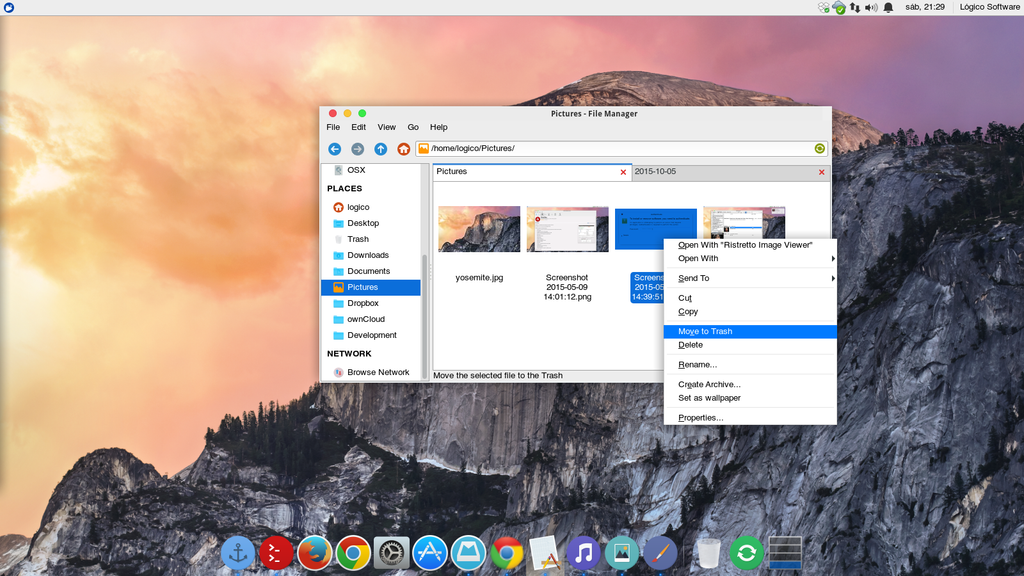With a bootable Ubuntu USB stick, you can:
I would advise trying the regular downloads first (if you can spare the bandwidth) because I find them to work great on the Macs that I have used them on. If you encounter problems trying to load up the LiveCD's, then the Mac support version is likely what you are looking for. Here's how to go about installing Linux on a Mac: Download your Linux distribution to the Mac. We recommend Ubuntu 16.04.4 LTS if this is your first Linux install. Save the file to your Downloads. Download Macbuntu for free. Mac OS X Transformation Pack. Macbuntu is an open-source program, designed to transform Linux’s appearance and layout into a Mac OS X environment. Download the latest LTS version of Ubuntu, for desktop PCs and laptops. LTS stands for long-term support — which means five years, until April 2023, of free security and maintenance updates, guaranteed.
- Install or upgrade Ubuntu, even on a Mac
- Test out the Ubuntu desktop experience without touching your PC configuration
- Boot into Ubuntu on a borrowed machine or from an internet cafe
- Use tools installed by default on the USB stick to repair or fix a broken configuration
Ubuntu Download For Mac Os X
Creating a bootable USB stick is very simple, especially if you’re going to use the USB stick with a generic Windows or Linux PC. We’re going to cover the process in the next few steps.

Xubuntu Download For Windows
Apple hardware considerations
There are a few additional considerations when booting the USB stick on Apple hardware. This is because Apple’s ‘Startup Manager’, summoned by holding the Option/alt (⌥) key when booting, won’t detect the USB stick without a specific partition table and layout. We’ll cover this in a later step.